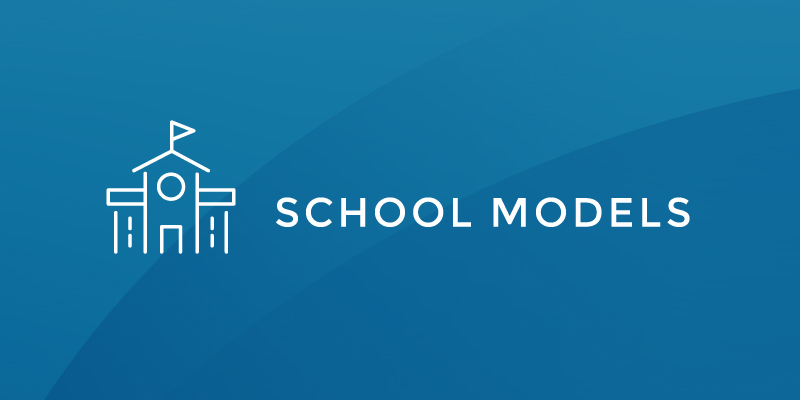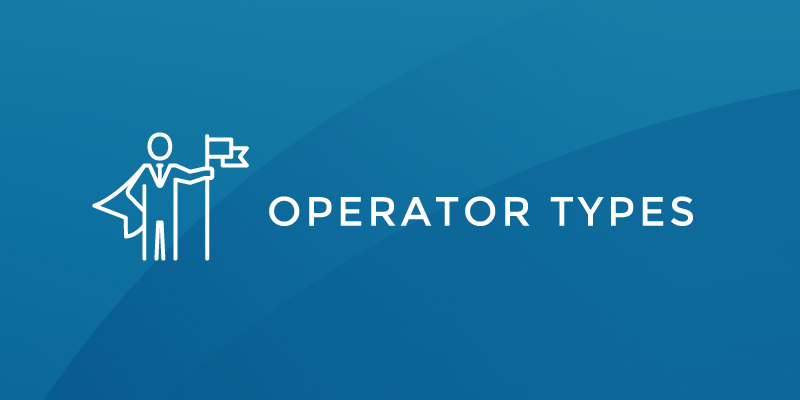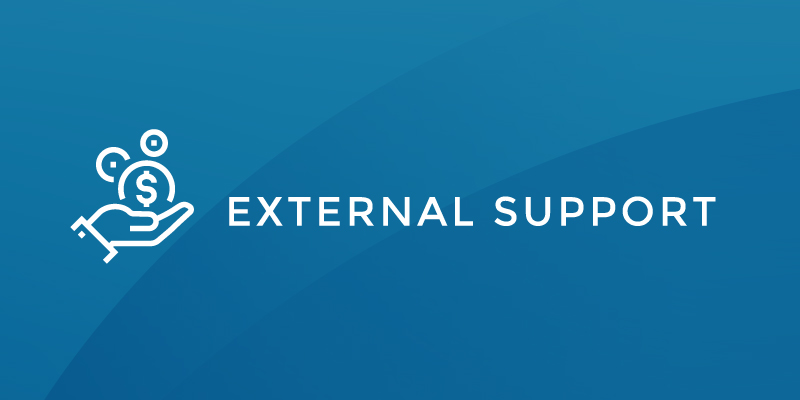Charter School Models
Charter Schools Offer Diverse Educational Models, yet Approval Rates for Each Model Very Dramatically
Data reveals the significant impact authorizers have in shaping the charter school landscape across the country. Over the last five years, a relatively wide range of school models and approaches were proposed and approved for students and communities. Descriptions of each model used for this analysis can be found here.
Authorizers were more likely to approve some proposals, like classical schools, and less likely to approve others, like arts and single-sex schools.
Each State’s Pipeline Is Unique: The Frequency of Proposals for Each School Model Varies Widely From State to State
There was significant variation in the frequency of proposals for each school model from state to state. While one in three proposals (33 percent) in Washington, D.C. was for a blended/hybrid model, no blended schools were proposed in Connecticut or Massachusetts during the same period. Likewise, proposals for Inquiry-Based models (e.g., Montessori or Waldorf) ranged from 34 percent in Arizona to just 3 percent in Illinois and Indiana.
NACSA Takeaway: The significant state-by-state variability in all of the proposed models calls into question the belief or suggestion that charter schools are relatively homogenous across the nation. More research is needed on what conditions make some models more popular in certain states, while less so in others. This finding also underscores the importance of local data to create strategies to open more good schools.
Proposals for “No Excuses” Schools Have Become Less Prevalent
Despite their prominence in the national discourse, proposals to open “No Excuses” schools fell sharply in these 20 states. In 2017-18, they accounted for just 7 percent of all approved proposals, down from 22 percent in 2013-14. Authorizers were also less likely to approve the model in 2017-18 as they were five years earlier, as the approval rate fell by more than 40 percent.
While there is no universal definition of a “No Excuses” school, for the purposes of this analysis, applications that described a culture of high expectations and a goal of 100 percent college attendance were designated as “No Excuses” schools. In addition, these applications proposed an extended day or school year, an increased focus on English Language Arts (ELA) and math instruction, highly structured rules and procedures, and a strict behavioral code including uniforms.
NACSA Takeaway: There are several ways to interpret the decline in proposals for “No Excuses” schools. It is possible that authorizers, operators, and other stakeholders want to broaden the types of schools available to families after satisfying demand for “No Excuses” models in their communities. Some existing “No Excuses” CMO networks have been profiled for changing their disciplinary approaches, which could be reflected in their applications for new schools. It may also be a response to decreased political will to open these types of schools. Also, the study’s relatively broad definition of a “No Excuses” school makes it likely that some schools included in this category would not label themselves as such. Even when casting a wide net, fewer proposed schools fall within this category.
Operator Type
Charter Schools Offer Diverse Educational Models, yet Approval Rates for Each Model Vary Dramatically
Over the last five years, the majority of charter school proposals were “freestanding” or unaffiliated with a charter school network—a nonprofit Charter Management Organization (CMO) or a for-profit Education Management Organization (EMO). The share of freestanding proposals has increased, reaching 55 percent in 2017-18. At the same time, the proportion of applications affiliated with a for-profit EMO decreased by half.
NACSA Takeaway: Every great charter school and network started with the entrepreneurial spirit of a single freestanding school. Although applications are declining overall, it is encouraging that most proposals are still coming from freestanding applicants. Many educators and community organizations continue to see chartering as a way to better serve children in their communities. Most importantly, these applicants may be launching the next innovative, life-changing opportunity for students.
Authorizers Are More Likely to Approve Proposals From Networks
Although most proposals were unaffiliated with a network, the majority of schools approved (61 percent) were affiliated with either a nonprofit CMO or for-profit EMO network. Proposals affiliated with a network of any kind were much more likely to be given the green light. In addition, approval rates held relatively steady across all types of operators during the five years studied.
NACSA Takeaway: More research is needed about the quality of each application before reaching firm conclusions about this data. The disparity between approval rates likely reflects quality decisions by authorizers about the strengths of each individual application. It is also likely that some authorizers view proposals from proven operators as a safer bet as they face limited resources and other factors that decrease local political will to open new charter schools. If true, this would support anecdotal claims that authorizers are becoming more hesitant to take risks on qualified applications from unproven applicants.
Proposals From For-Profit Operators Have Declined Sharply
Although for-profit operators (EMOs) in the sector receive much attention, the proportion of proposals to open EMO-affiliated schools fell by 50 percent since 2013-14. In addition, they represent a significant proportion of approved schools in only four of the states studied: Florida, Ohio, Arizona, and North Carolina.
NACSA Takeaway: Together, these trends demonstrate that for-profit providers are not as prevalent—and likely becoming less prevalent—than the common narrative suggests. In half of the states studied, for-profit operators represented less than 10 percent of all approved new school proposals. In some states, there were none. The vast majority—78 percent—of schools approved to open over the last five years are not run by for-profit operators. Again, there is tremendous variation among charter schools from state to state, countering the idea that charter schooling is relatively homogenous across the nation.
External Support
Few Applications Specify Support, but Those That Do Have High Approval Rates
The vast majority of charter school proposals did not identify support from an incubator, philanthropy, or community partnership; however, those that did were more likely to be approved.
Only 15 percent of proposals described outside philanthropic support (defined as a commitment of at least $50,000; excludes federal Charter Schools Program support), yet authorizers were much more likely to approve proposals that had secured these commitments. Similarly, even fewer proposals described support from a charter school incubator (9 percent), but those that did had a very high approval rate (53 percent). A combination of external supports (e.g., philanthropy and community) made it even more likely an application would be approved.
NACSA Takeaway: This data underscores the need for ecosystems where authorizers, operators, incubators, philanthropists, and community leaders work together to identify and address the needs of students and families. It is these ecosystems that help create more good charter schools.
But these ecosystems don’t yet exist in many locales, and not all applicants have equitable access to funding and philanthropy. That’s why it is critical to learn more about why proposals with external support get approved at higher rates. While those applicants with external support may simply create stronger applications, some authorizers may be more likely to approve a proposal because it was validated by a third party’s resources, rather than on the application’s merits. Both are cause for concern and merit the sector’s attention.


